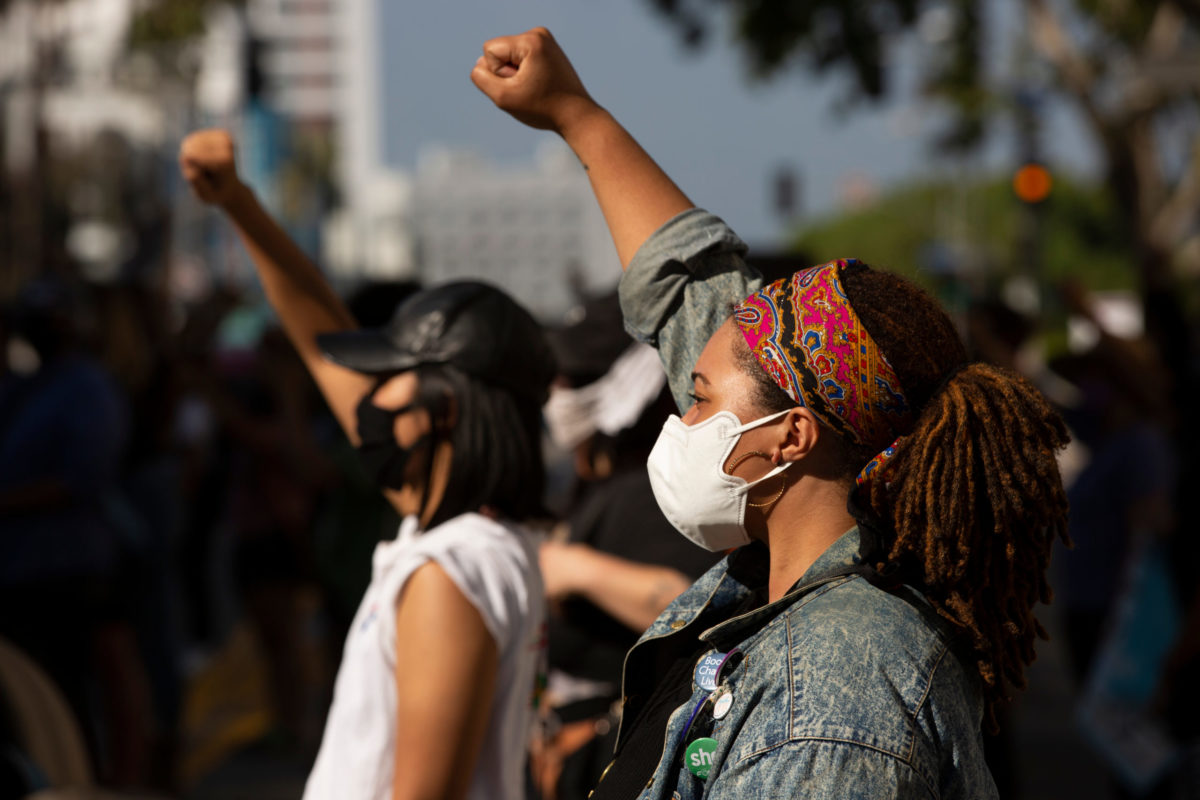Climate-Resilient and Accessible Architecture
Climate change is the gravest threat currently faced by human civilization, and our architecture must internalize this reality of our time.
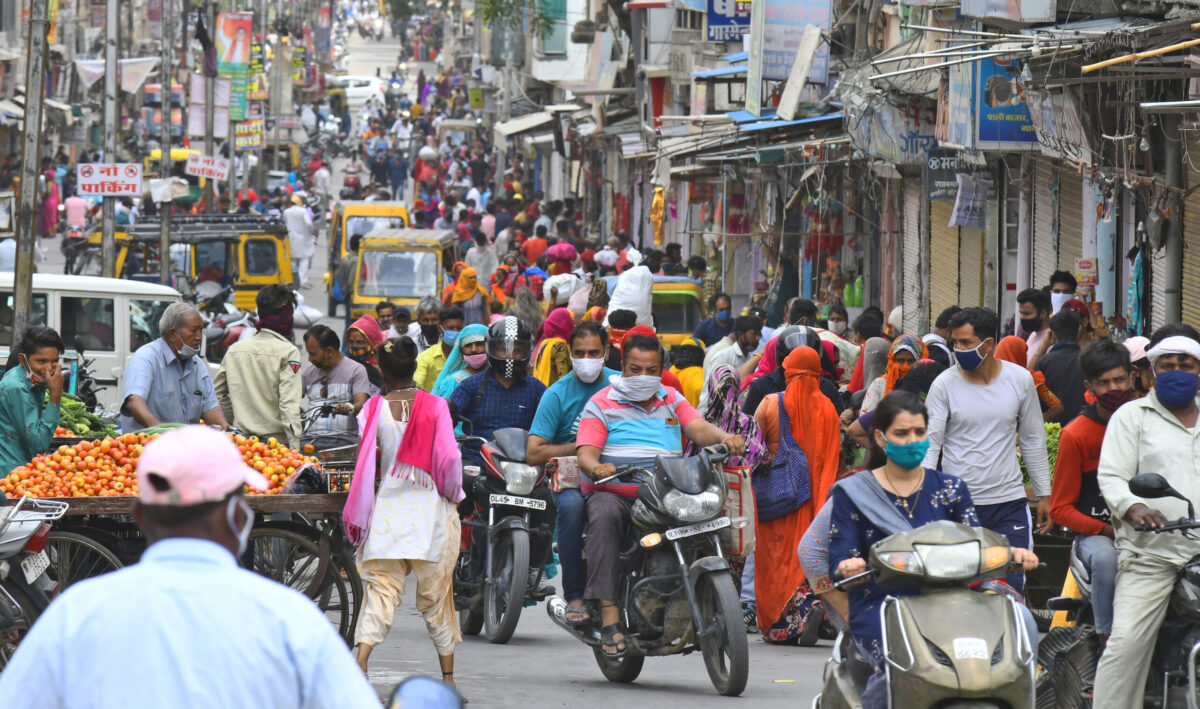
Climate change is the gravest threat currently faced by human civilization, and our architecture must internalize this reality of our time.

Decreasing vulnerability requires understanding and addressing upstream root causes of health inequities.
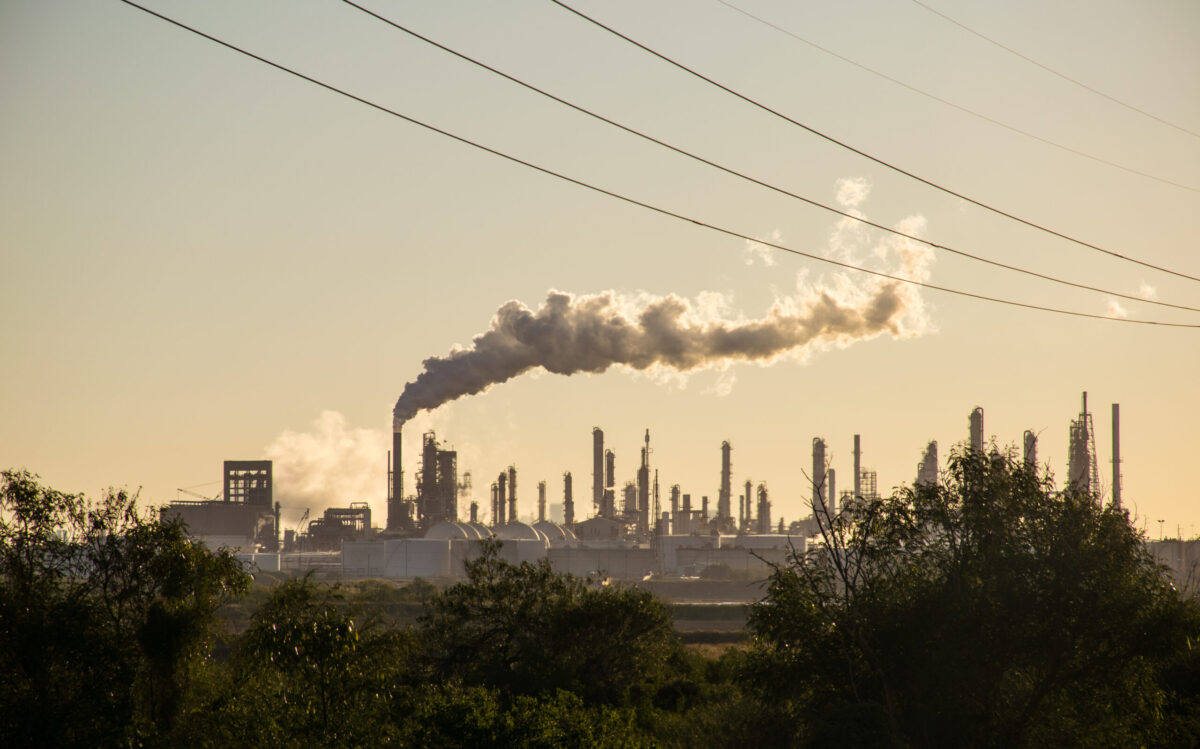
Agroecology provides an inclusive paradigm through which to advance climate justice.

While Bangladesh’s climate-related laws and policies gesture toward inclusion, considerable gaps remain between policy and practice.

Educators have the power and responsibility to change practices now so that students benefit from climate change and disability awareness education.
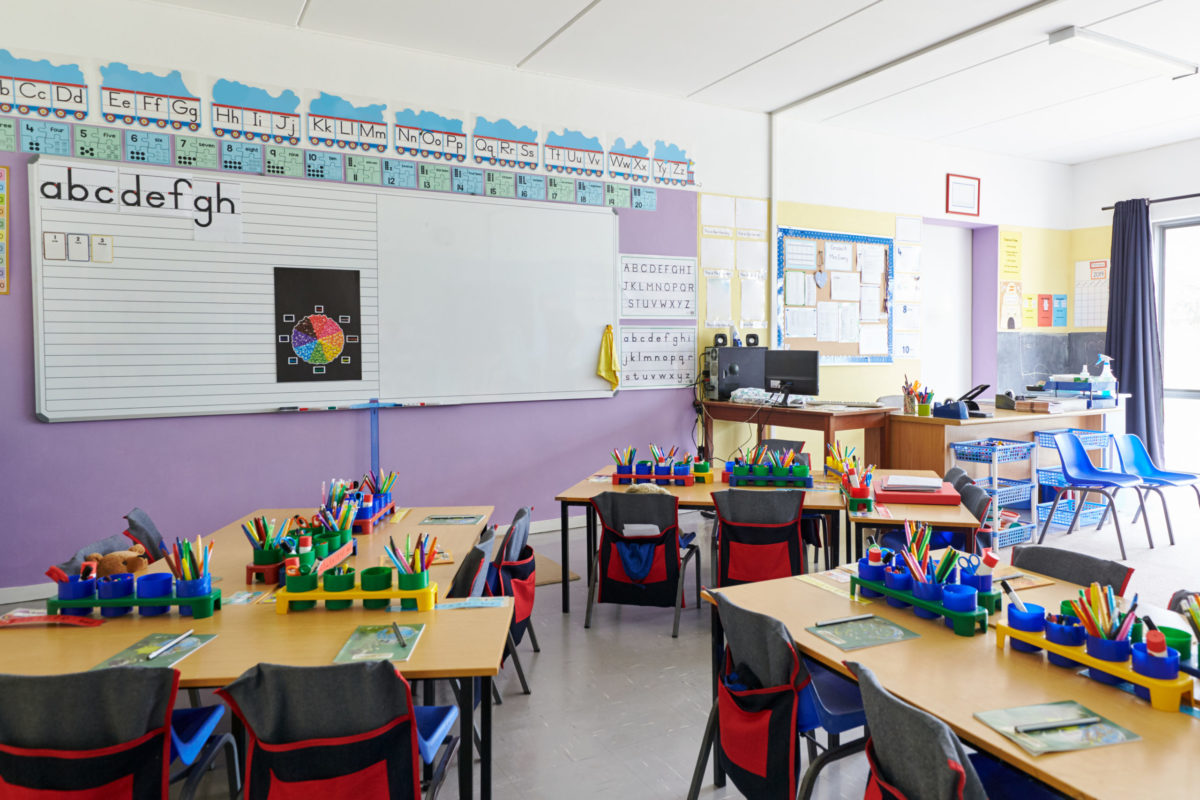
International human rights law offers a framework for coordinated climate action where all members of society have a role to play.
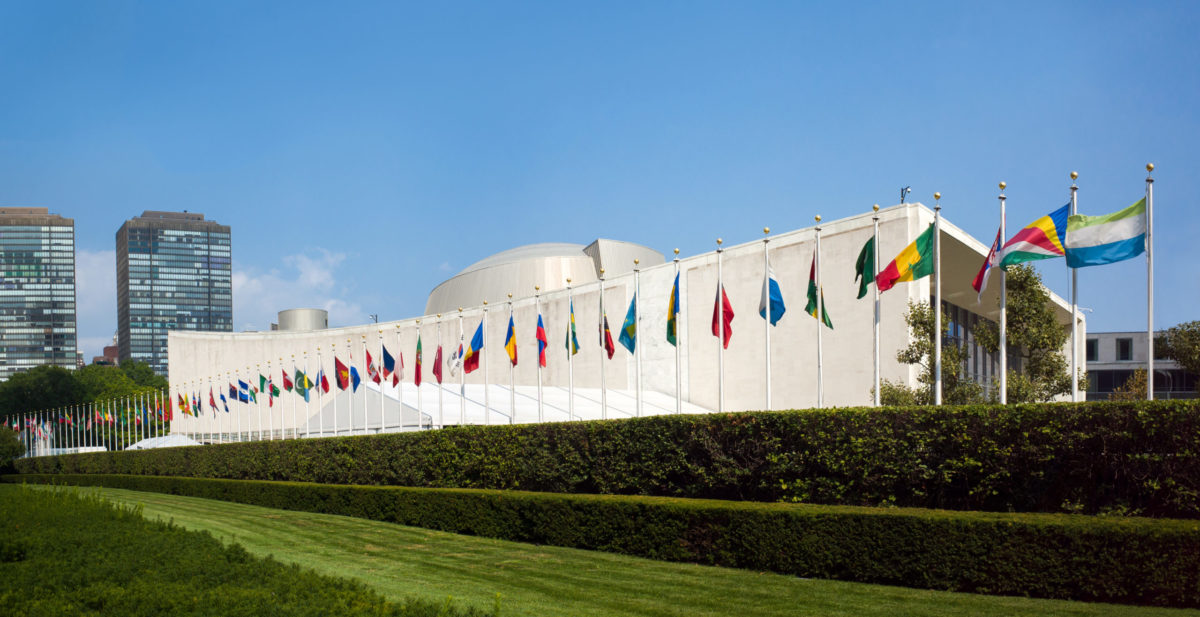
Incorporating disability issues into general resilience planning is not only a life-saving necessity, but also an opportunity for broader inclusion.

Growing interest in migration as a form of climate adaptation risks exacerbating existing inequalities and generating new ones for disabled people.
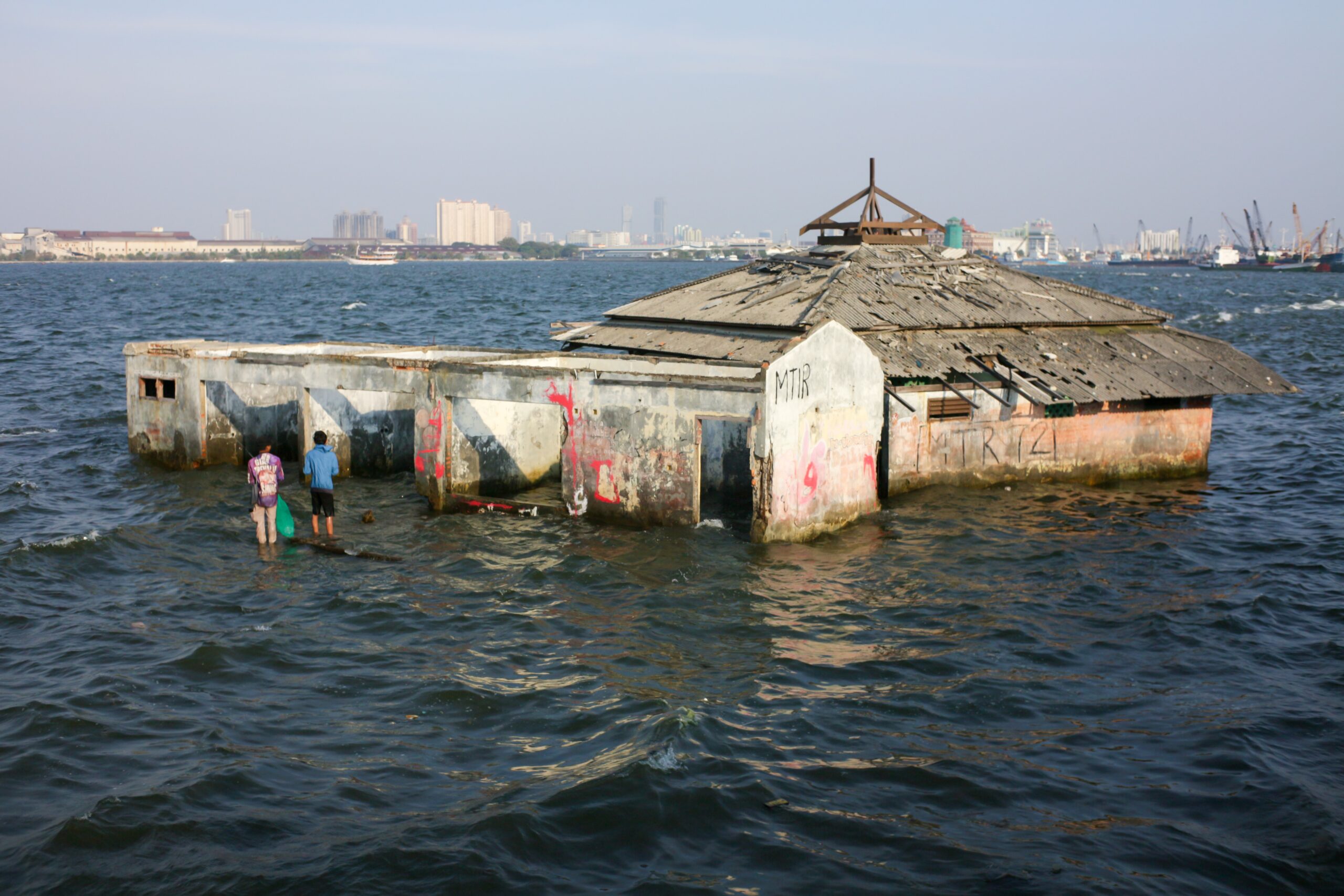
This piece highlights the failure to recognize the knowledges of disabled people as a form of epistemic injustice.

Preventing pandemic destruction is not just a question of “how to.” It is a question of organizing power from below.
